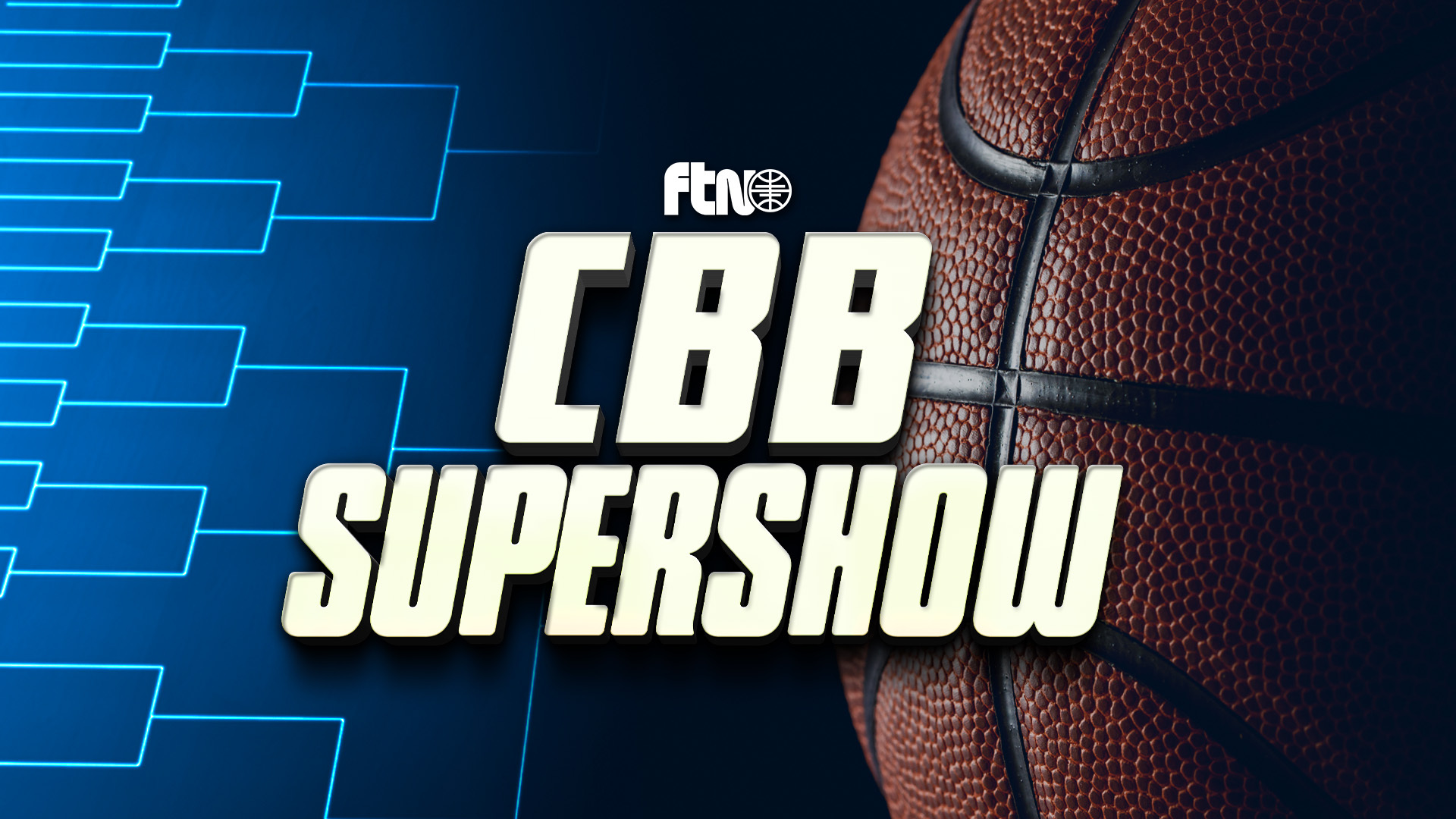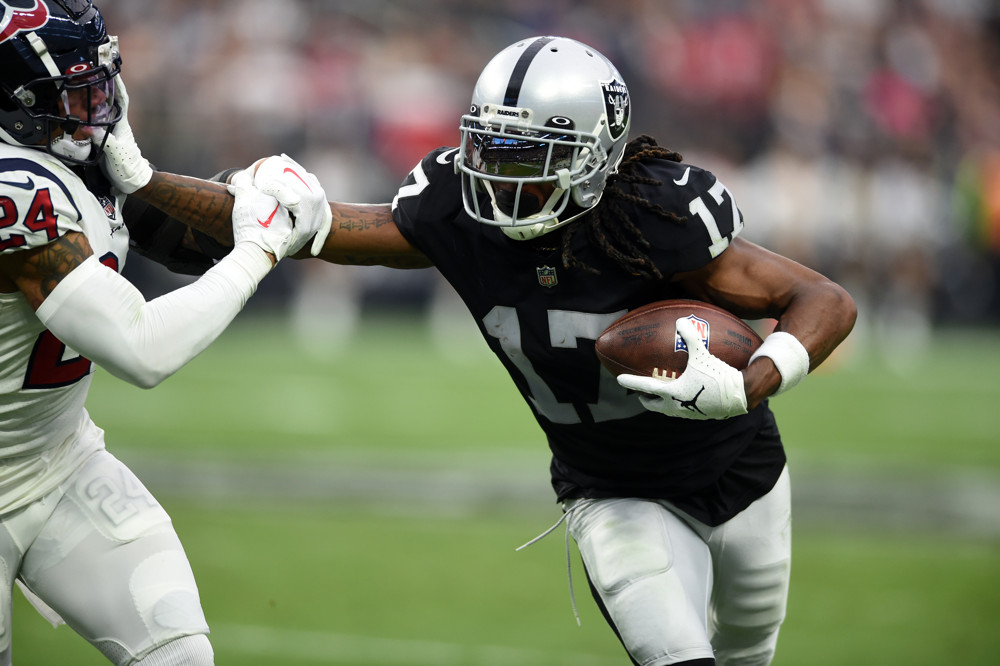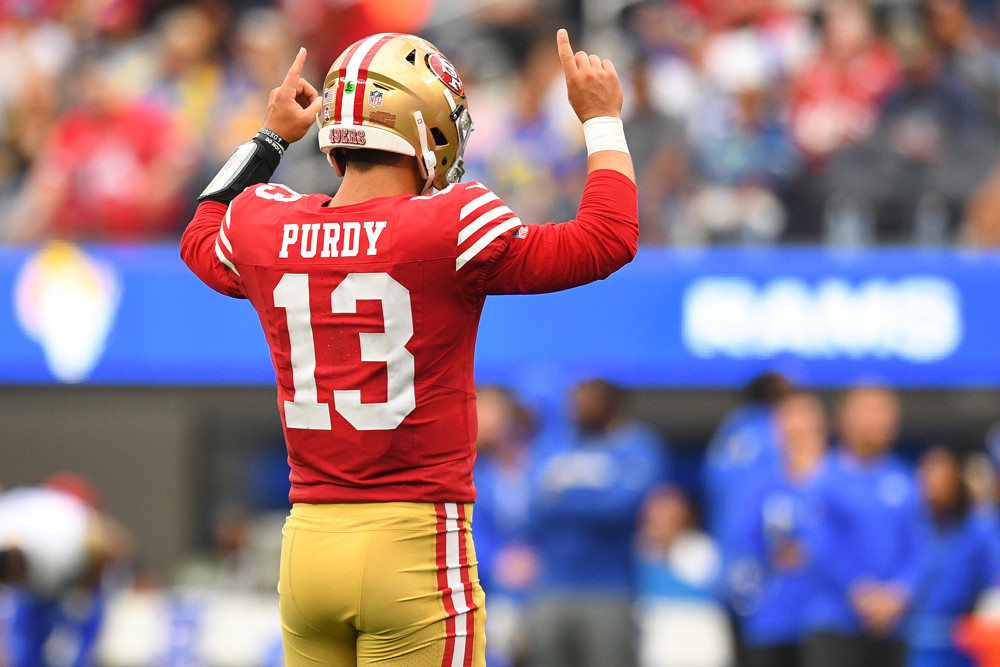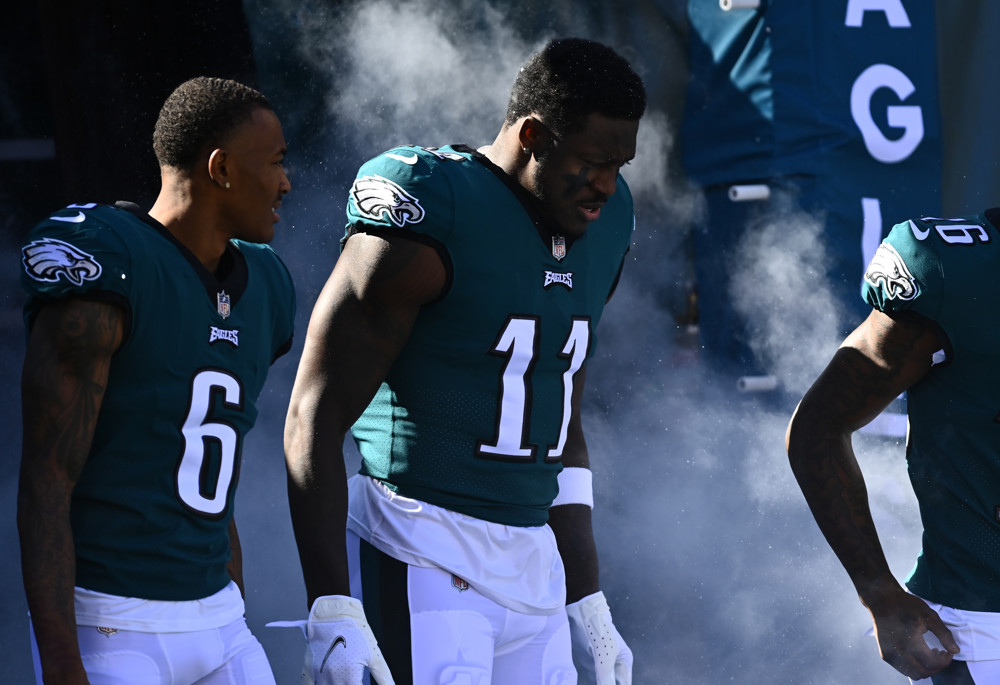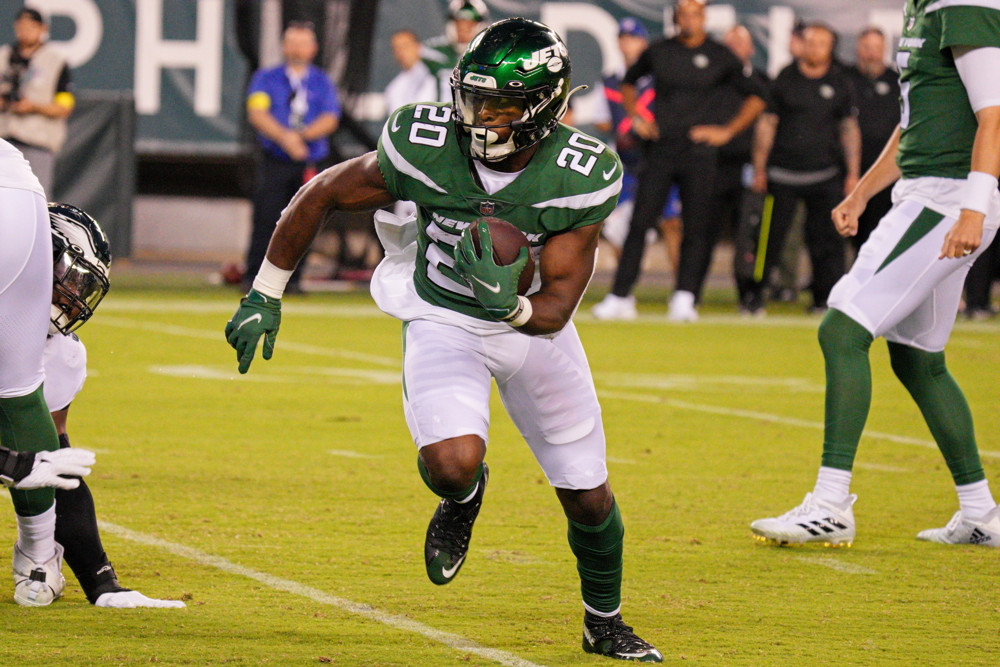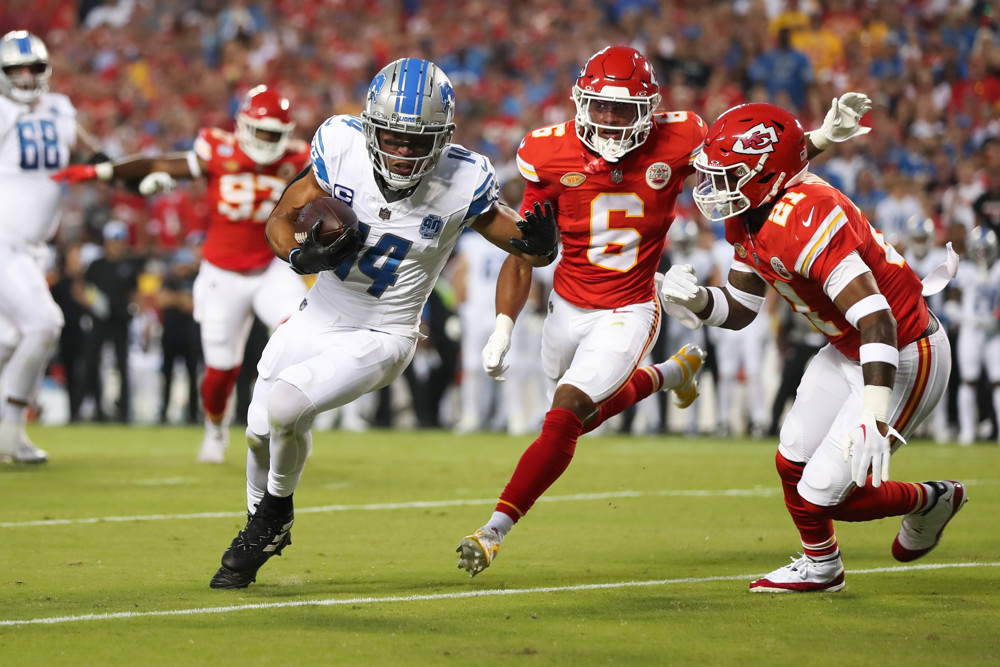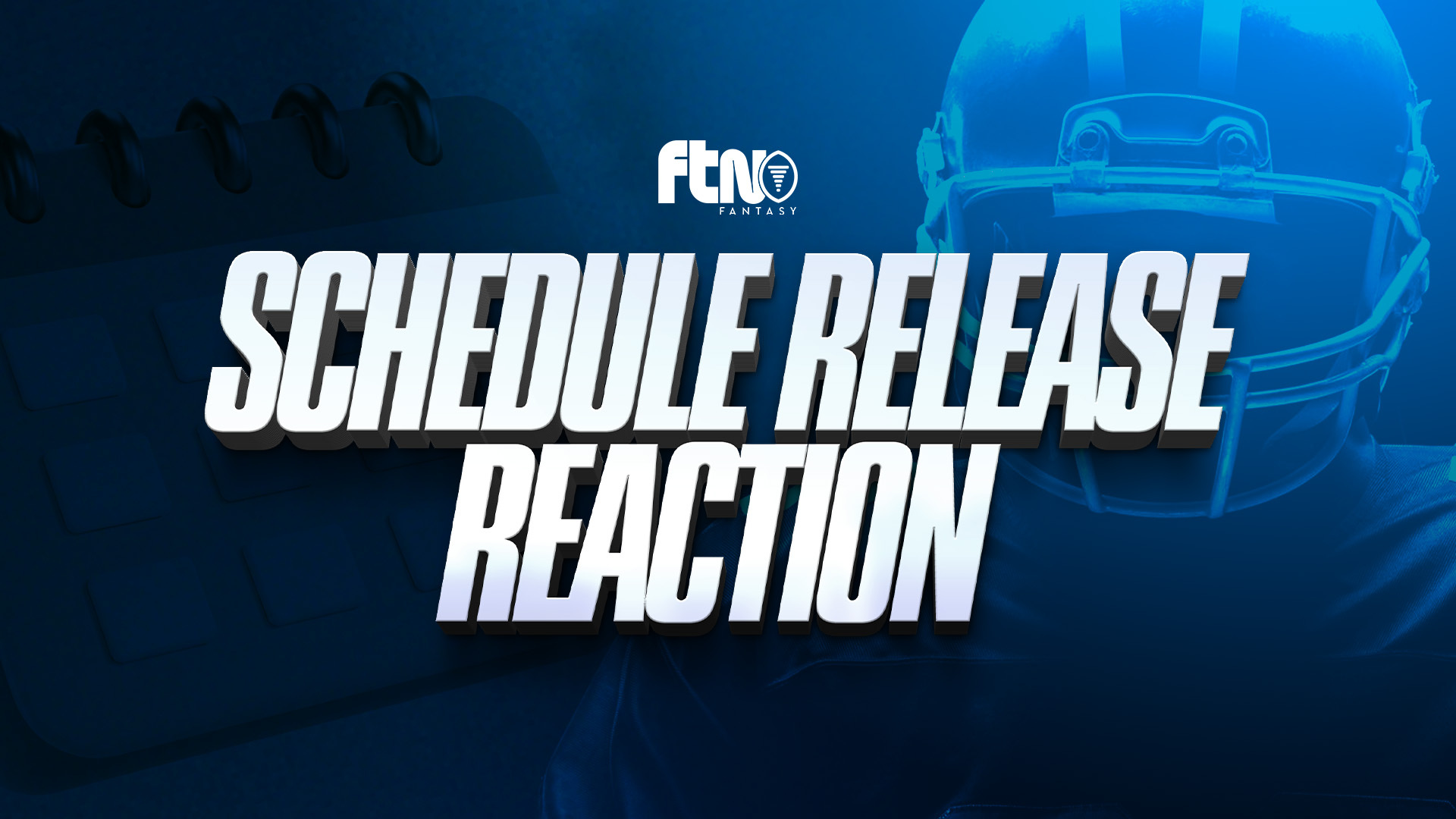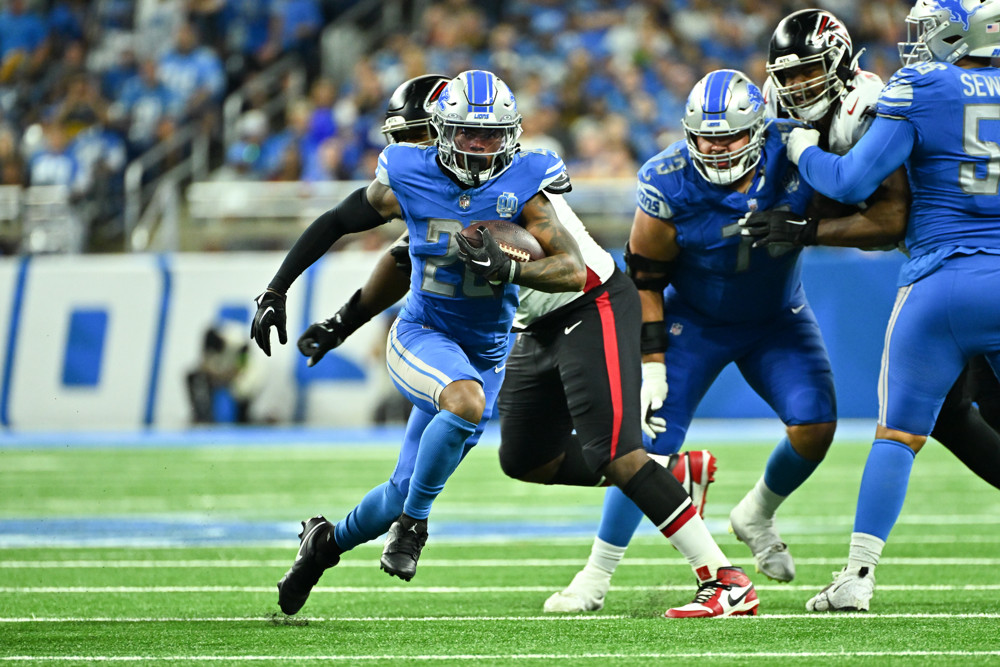
Every year, rookie fever emerges, and the previous class gets pushed aside by the shiny new NFL toys. This usually results in a rookie surge of ADP, which opens up pockets of value, especially with players from the previous class who may not be as established as long-time veterans in the league. This happens even though most fantasy analysts (and players) understand the largest leap occurs from year 1 to year 2.
Throughout the summer, FTN will be releasing second-year scouting reports to keep these players fresh in fantasy managers’ minds. The series shifts today to Tyquan Thornton, the second-year receiver for the New England Patriots. This article is a breakdown of Thornton’s first season and what fantasy managers can expect from him in 2023 and beyond.
Tyquan Thornton, RB, New England Patriots
Many were surprised when the Patriots selected Tyquan Thornton during the second round of the 2021 NFL Draft. Yes, Thornton shocked the combine by running a 4.28 40-yard dash at 6-foot-2 and 183 pounds, but he wasn’t a prolific receiver during his college career at Baylor.
In Thornton’s first three years with Baylor, he played in just 28 games and amassed 81 receptions for 1,294 yards and nine touchdowns. Thornton finally made a significant impact during his fourth season, playing all 14 games for Baylor and catching 62 passes for 948 yards and 10 touchdowns. The Patriots needed an impact receiver and hoped that Thornton would boost their offense by adding a much-needed vertical element to their passing attack.
What Went Wrong
The Patriots’ offense was an absolute mess with Matt Patricia, a defensive coach, calling offensive plays (for some reason). Mac Jones (and the passing attack) showed major regression. Jones’ passing yards per game dropped nearly nine yards per game (214.1) and his touchdown rate dropped a full percentage (3.2%) with his interception rate remaining the same (2.5%). New England’s offense funneled targets underneath, with their three leading target earners slot receiver Jakobi Meyers (96), running back Rhamondre Stevenson (88) and tight end Hunter Henry (59).
Thornton had his struggles as well. The rookie receiver missed the first four games with an injury and struggled to get consistent playing time once he finally got healthy. Weeks 5-12, Thornton had just three games with a snap share above 60%. In those eight weeks, he saw four or more targets just three times. The inconsistency led to a modest 22 receptions on 45 targets for 247 yards and two touchdowns on the season.
What Went Right
The biggest positive for Tyquan Thornton was the fact that his speed seemed to translate to the NFL. Thornton posted a 14.0-yard average depth of target in his first season, 10th among receivers. Thornton had one game early in the season where the Patriots used him creatively — Week 6, leading to a top-10 weekly finish at the wide receiver position. In that game, Thornton caught four of five targets for 37 yards and a touchdown, adding three rushes for 16 yards and an additional score.
The rookie receiver also had a four-game stretch in Weeks 14-17 where DeVante Parker missed time with an injury and Thornton saw his snap share increase significantly. In those four games, Thornton played in at least 88% of the team’s offensive snaps. He averaged 4.8 targets, 2.3 receptions, 29.3 receiving yards and scored a touchdown during that stretch.
2023 Outlook
It’s hard to feel great about Thornton’s prospects heading into 2023. The Patriots let Jakobi Meyers walk in free agency but replaced him with JuJu Smith-Schuster after a moderately successful season with Kansas City. The team also extended DeVante Parker during the offseason to serve as their primary outside receiver. These players, when healthy, will relegate Thornton to three-receiver sets.
The biggest reason for optimism is the fact that New England actually upgraded their offense by getting an actual offensive coordinator, bringing Bill O’Brien back after a successful stint calling Alabama’s offense. Having a proper offensive coordinator means the return of a proper passing offense, which could lead to an opportunity for explosive plays for Thornton when he’s on the field. Mac Jones averaged just 6.8 yards per attempt in 2022 while O’Brien’s quarterback at Alabama (2023 first overall pick Bryce Young) averaged 8.8 yards per attempt. College passing attacks are more open than in the NFL, so it’s also worth noting that O’Brien’s last full season calling NFL plays (2019) saw Deshaun Watson average 7.8 yards per attempt. Both would be an improvement for Mac Jones and the Patriots’ passing attack as a whole.
As a pure deep-threat receiver, Thornton’s game naturally leads to more boom-or-bust production in the passing game. But Thornton is also the most explosive player on New England’s offense, which means he could see more schemed-up touches in the offense. O’Brien could design screens to get Thornton the ball quickly in space or rushing attempts to get him moving before the snap to maximize his explosiveness.
Ultimately, this is all projection. We don’t know what O’Brien’s offense will look like in New England and how he will choose to utilize Thornton in the offense. That makes Thornton increasingly difficult to draft in redraft leagues (although he’s worth monitoring if he’s consistently seeing the field) and someone with intriguing upside in best-ball leagues.
Dynasty Outlook
Thornton’s outlook isn’t much different in dynasty than it is in 2023 redraft leagues. Until we see how a proper offensive coordinator plans on utilizing his game-breaking speed, there just isn’t enough information to feel confident inserting Thornton into your starting lineup every week. However, there are at least some things that insulate Thornton’s long-term value.
For one, he has the kind of rare speed that keeps players in the NFL. Few NFL players run a 4.28, and even fewer of them feature Thornton’s size. Speed receivers struggle to produce consistently in the NFL, but teams will always be willing to take risks on players who have the kind of speed that can completely swing momentum in a football game. That will give Thornton the ability to stick in the NFL for a while.
Additionally, Thornton has second-round draft capital. That means the Patriots will continue to find ways to integrate him into the offense to justify the selection. Thornton will hold value (and could see a spike if he’s used in the offense). Fantasy managers who drafted him should be willing to hold for at least one more season and he’s a solid target to try and acquire as a throw-in if a manager is willing to move him after an underwhelming and inconsistent rookie season.





















